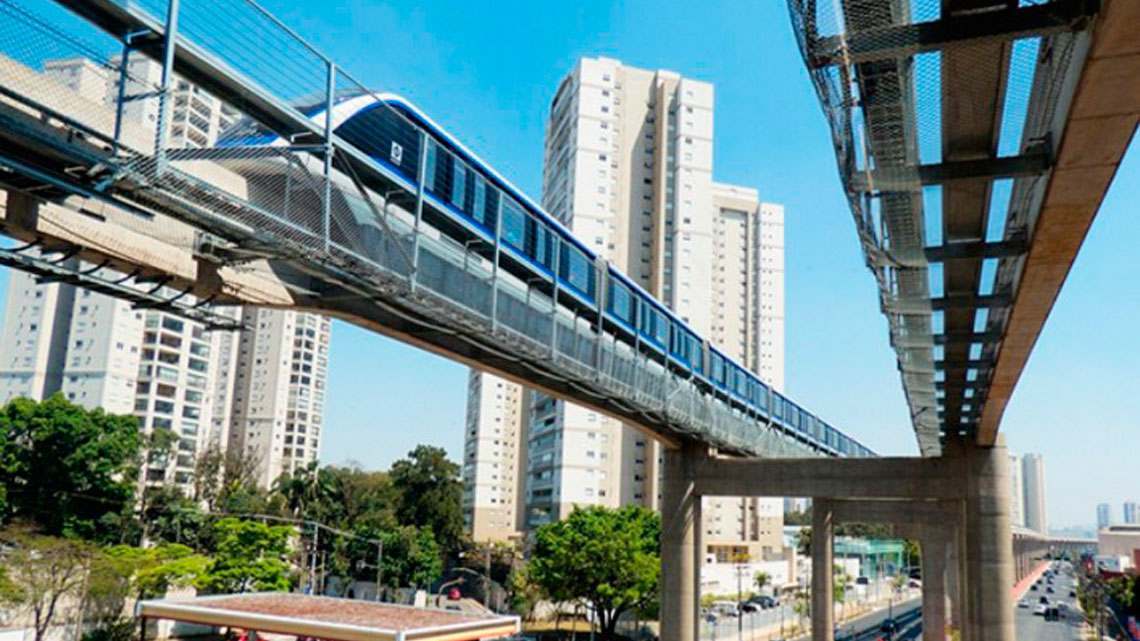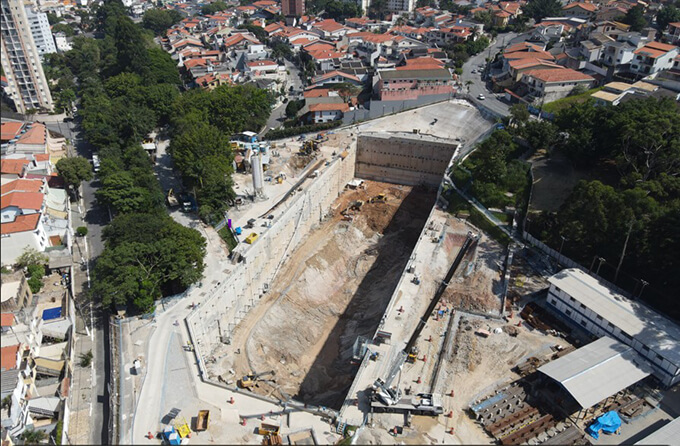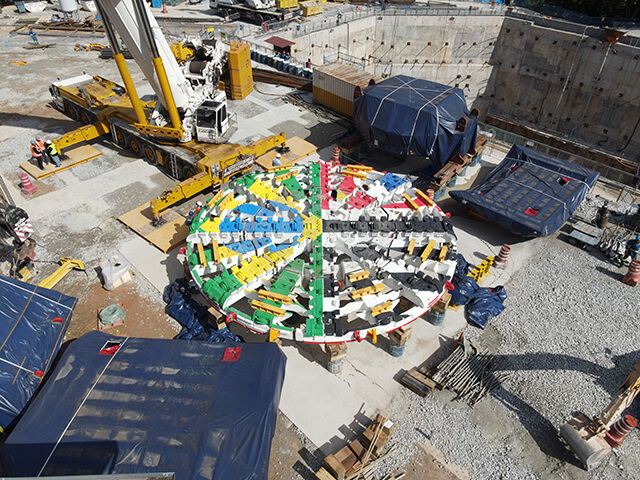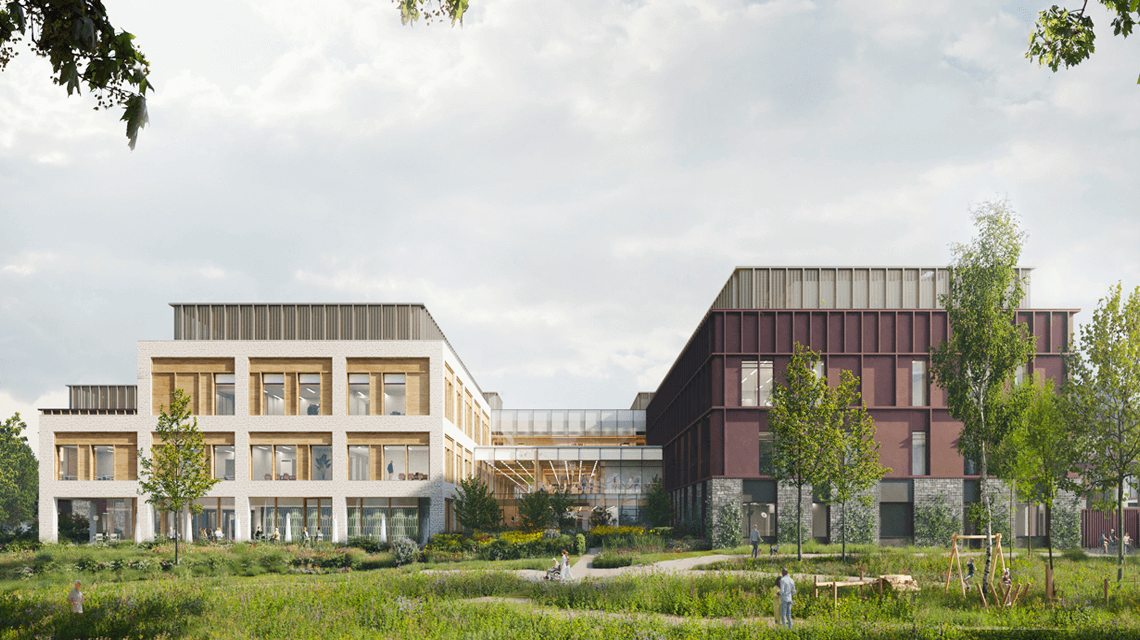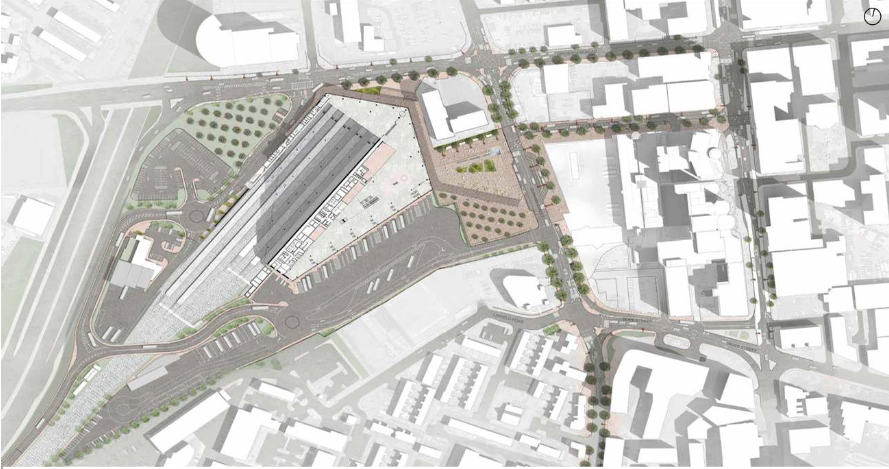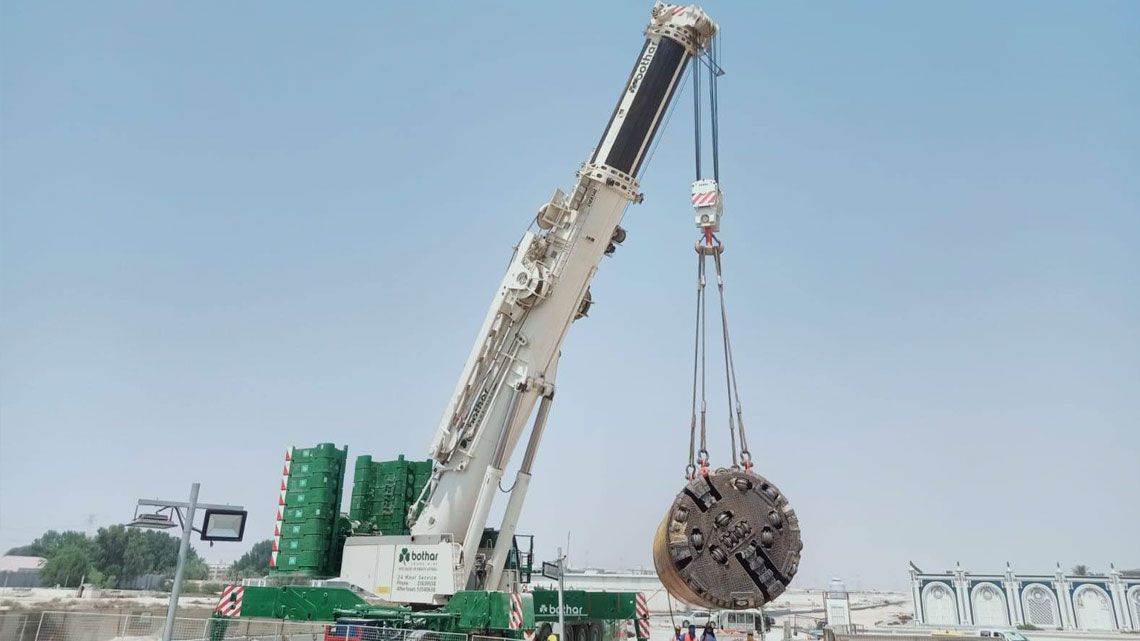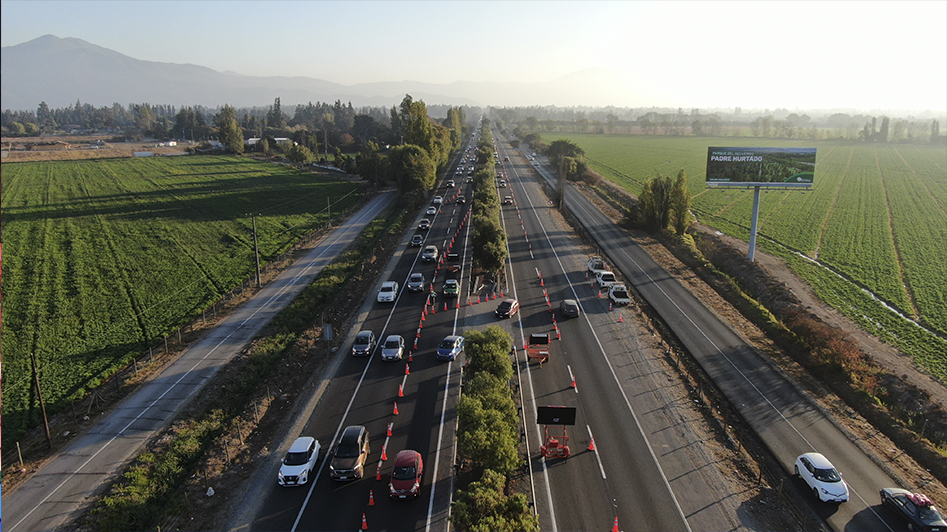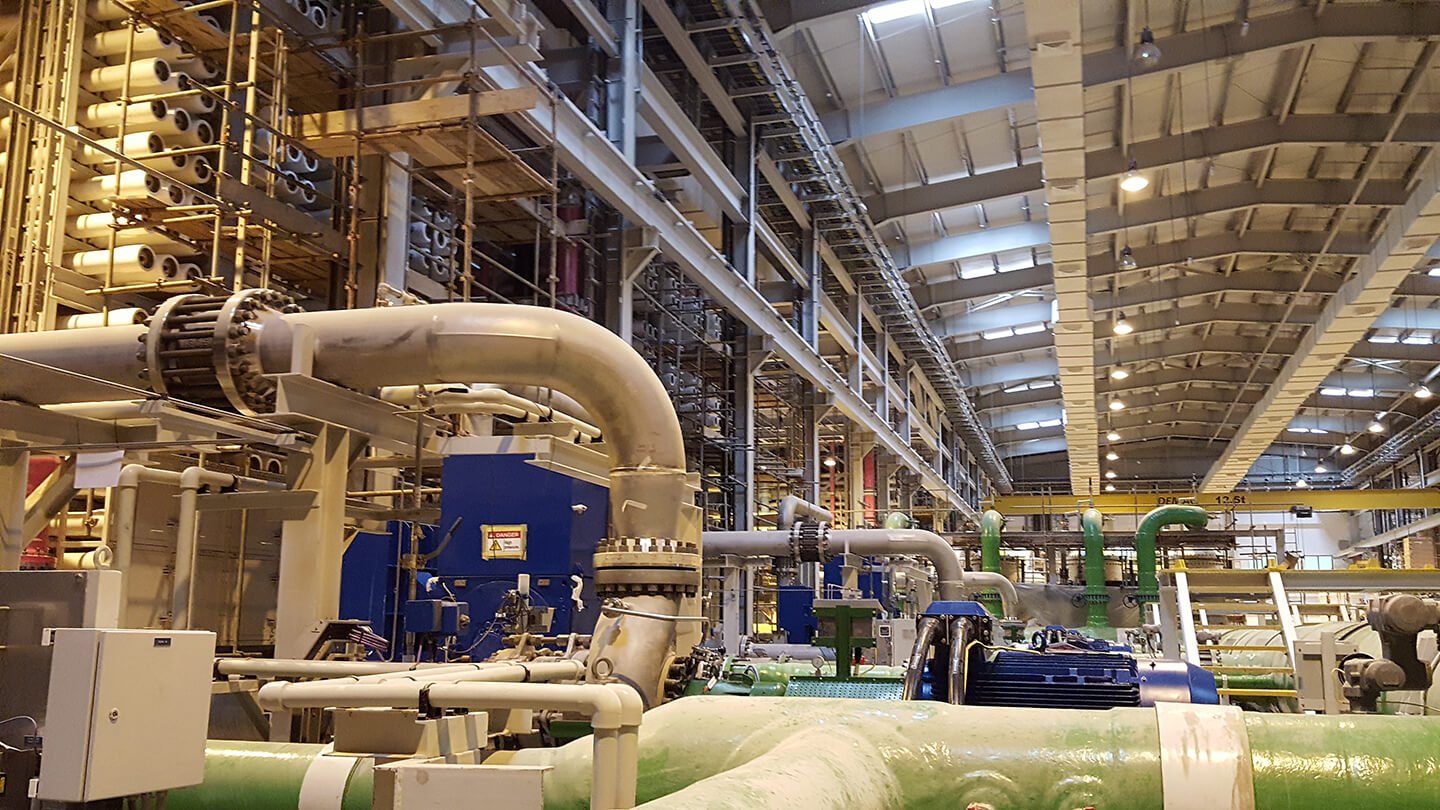The Binningup Desalination Plant is one of our great achievements in Australia. The project includes the construction, operation, and expansion of the plant.
This plant's first construction phase was inagurated in 2011, which can produce 306,000m3/day of drinking water, meeting 17% of the water requirements of the entire population of Perth.
With a team of more than 30 people, Sacyr Agua and its partners deliver high quality management, meeting the most stringent standards and using the very latest practices in the running and maintenance of this facility.
Over the past few years, the plant has produced more water than required by the client, the Water Corporation of Western Australia. The desalination plant also has an excellent health and safety record, as reflected in the risk statistics published by the Water Corporation and Southern Seawater Alliance. The measures implemented to maintain all favorable KPI indicators for safety include bi-monthly safety meetings and monthly internal audits.

